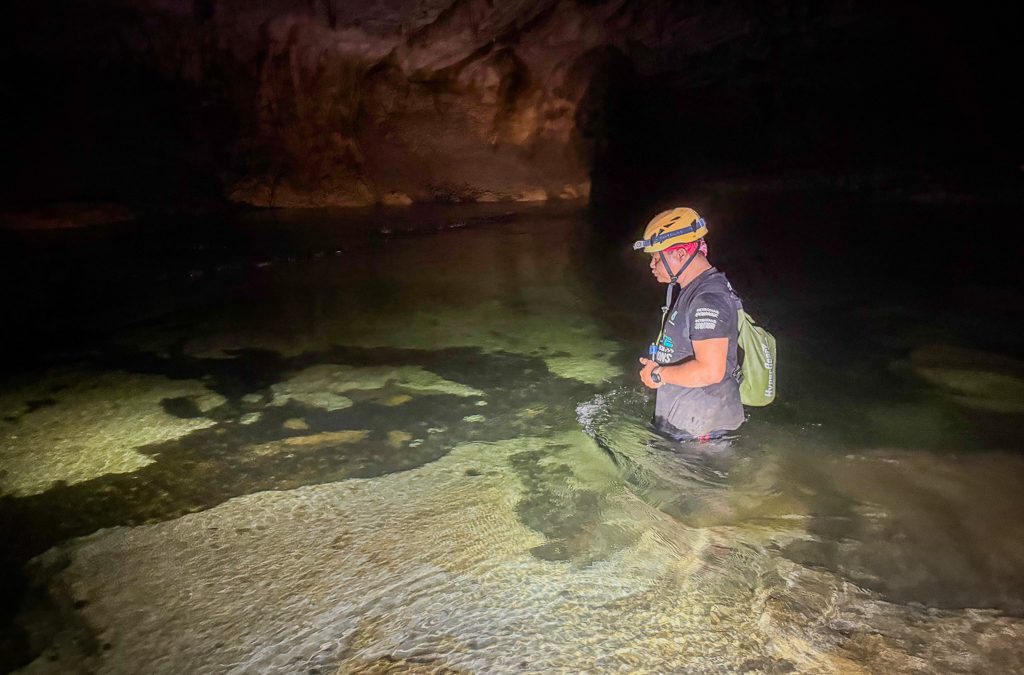Exploring Mulu Caves National Park, Malaysia
October 2025: A Long-Awaited Journey into Borneo’s Subterranean World
The Trip That Almost Didn’t Happen
Going to Mulu Caves World Heritage Reserve was a long-awaited dream finally realized. I had originally booked this trip for March 2020, eager to explore one of the world’s greatest cave systems deep in the jungles of Borneo. But just a week before my departure, the world abruptly shut down—COVID-19 brought everything to a standstill, grounding planes and freezing travel plans everywhere.
Five Years Later—A Promise Kept
I’m not one to give up easily. Five years later, I finally returned to Mulu, this time with a group of close friends who shared my love for wild places and raw adventure. The wait only made the experience sweeter.
Mulu Lives Up to the Legend
We spent four nights and five days in Mulu, and it exceeded every expectation. From its towering rainforest cliffs and underground rivers to its vast cathedral-like caverns, this remote corner of Sarawak, Malaysia truly earns its title as a UNESCO World Heritage Site.
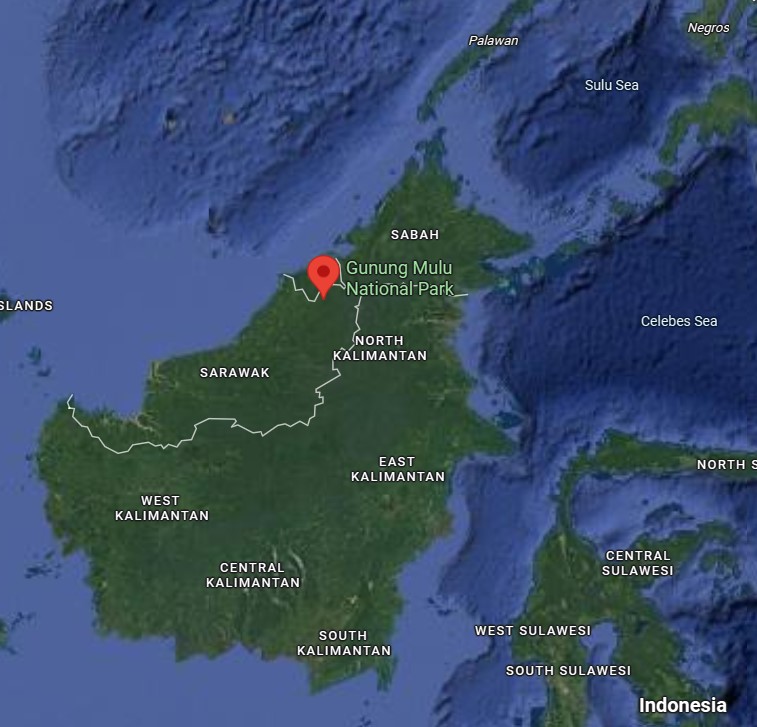
Location of Gunung Mulu Caves World Heritage Area
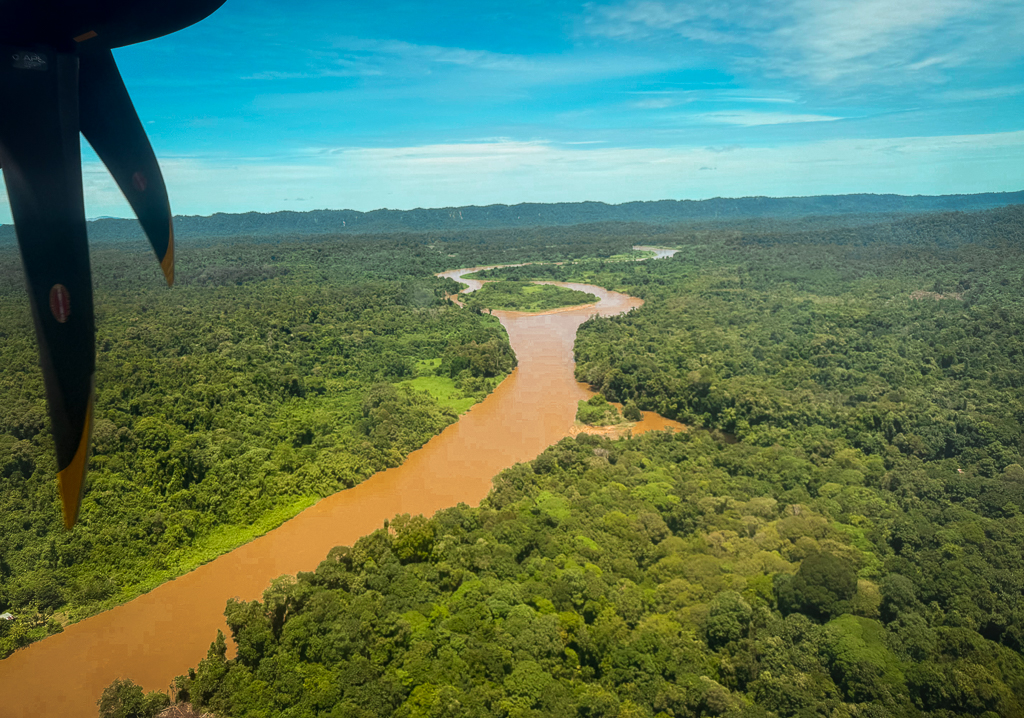
A manta ray that emerged beneath us
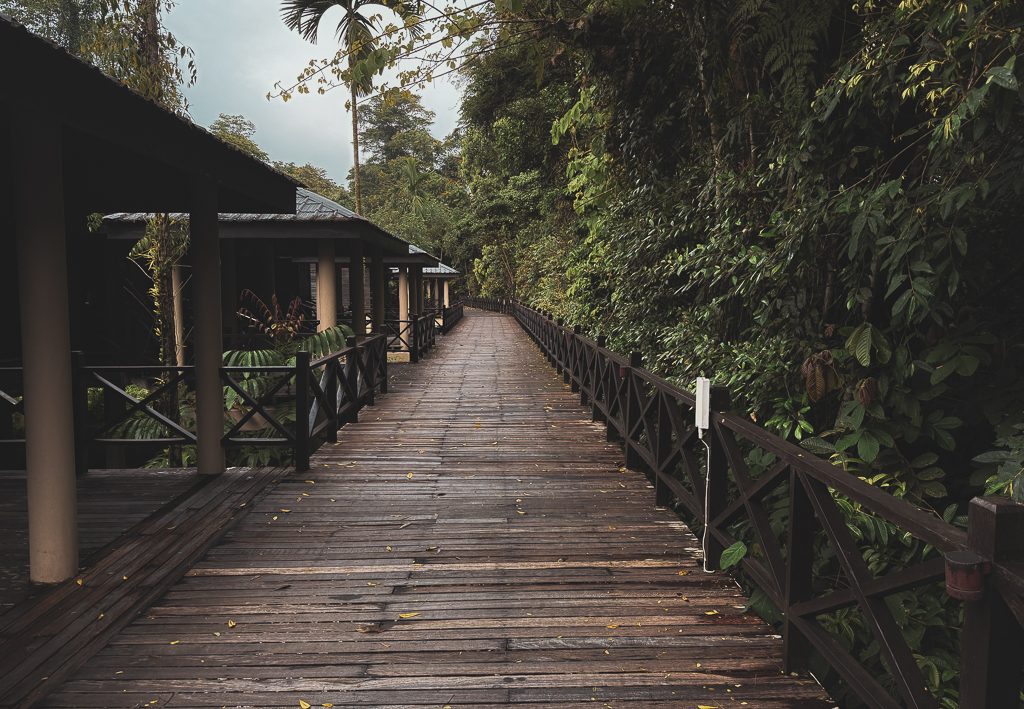
Mulu Marriot Hotel
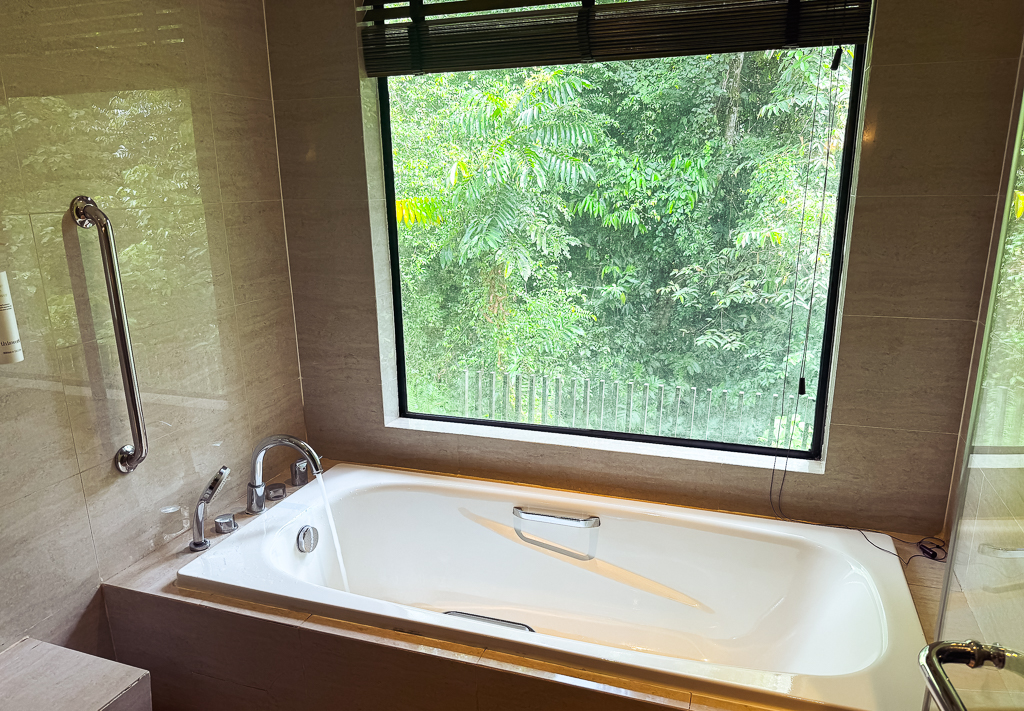
My bathtub in the Mulu Marriot
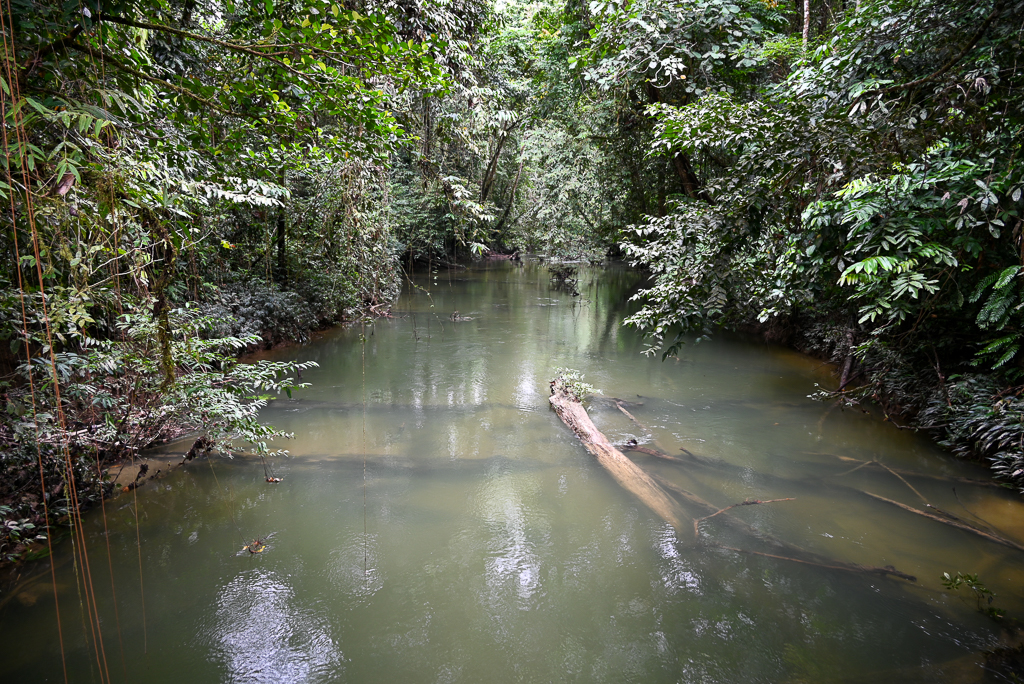
Peat forest
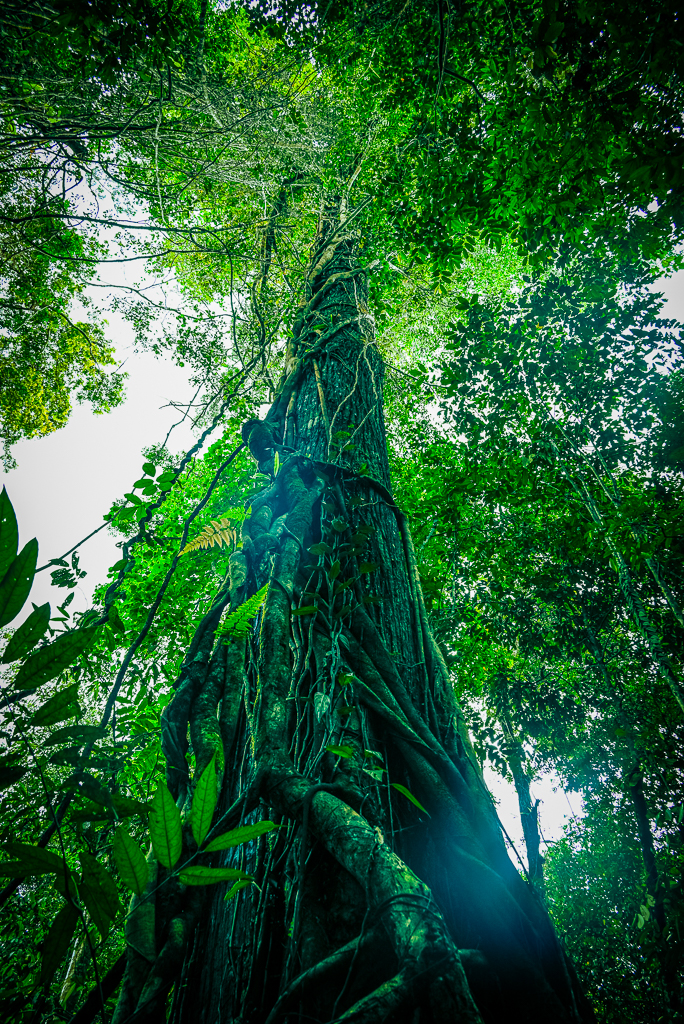
Old growth trees
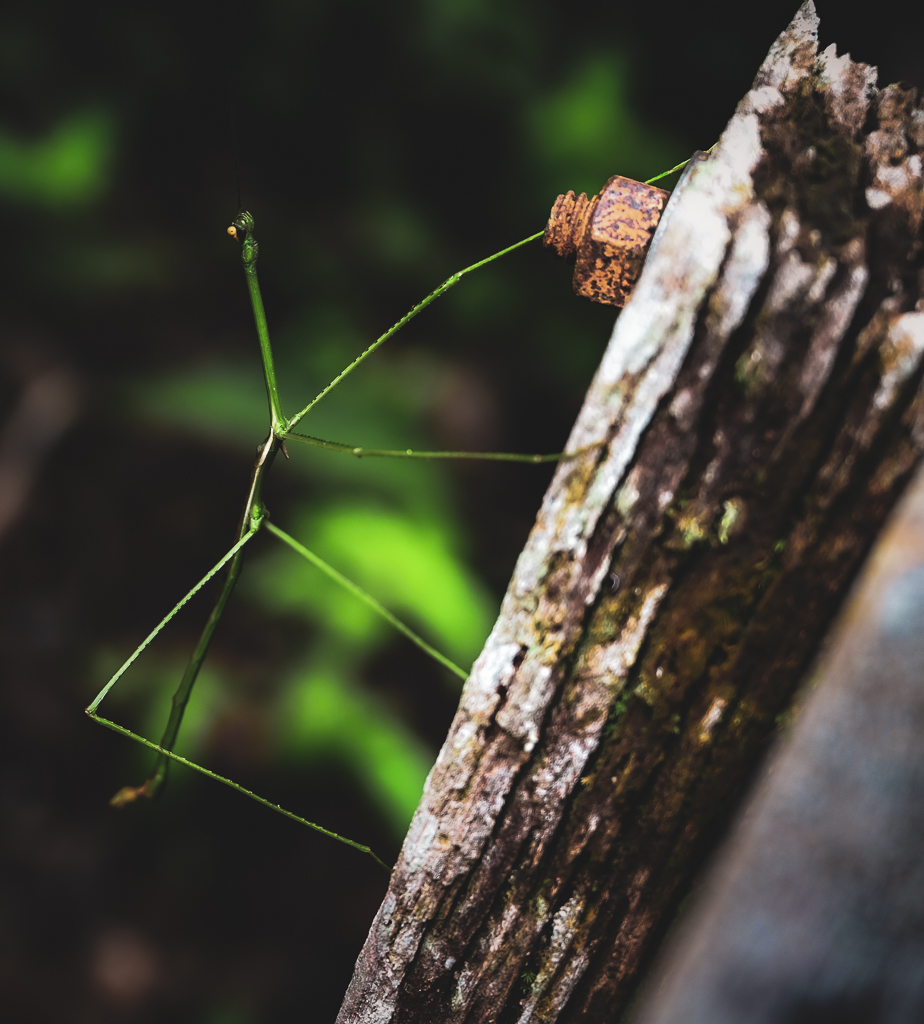
Foot-long stick bug
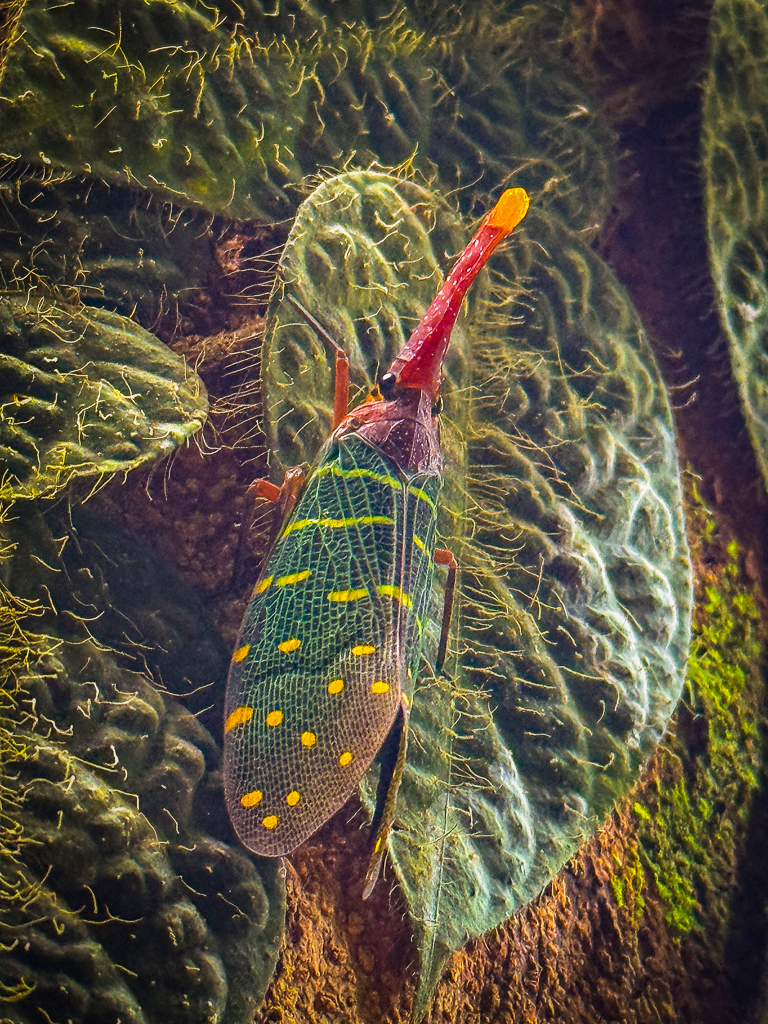
Leaf insect
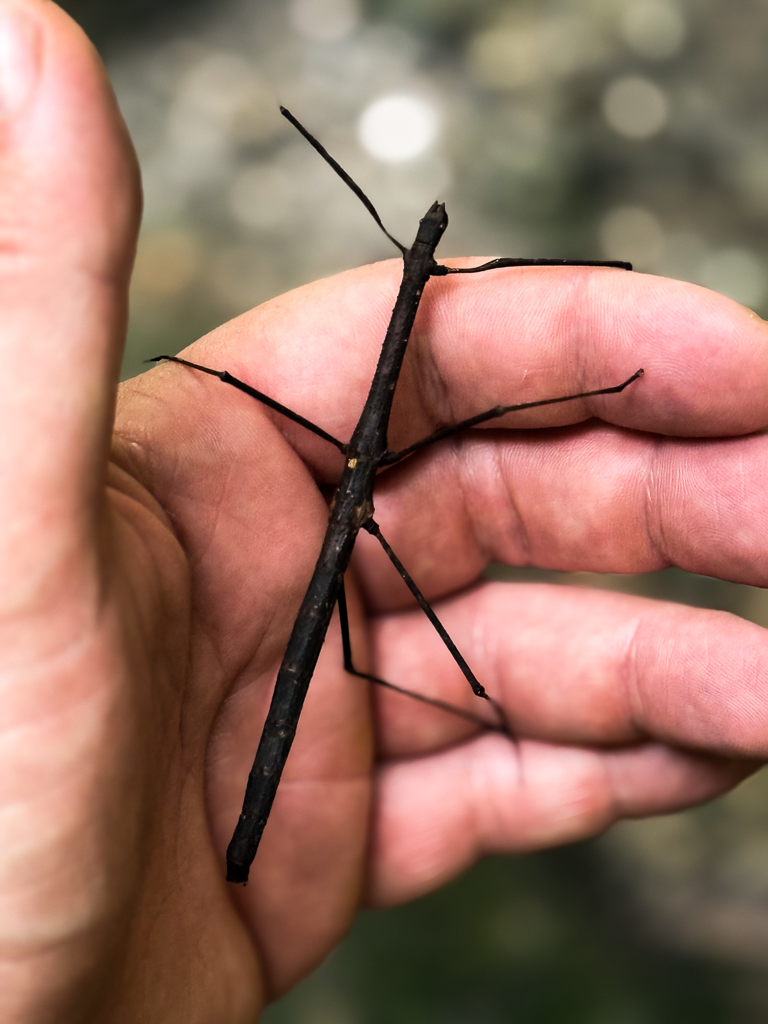
Another stick bug
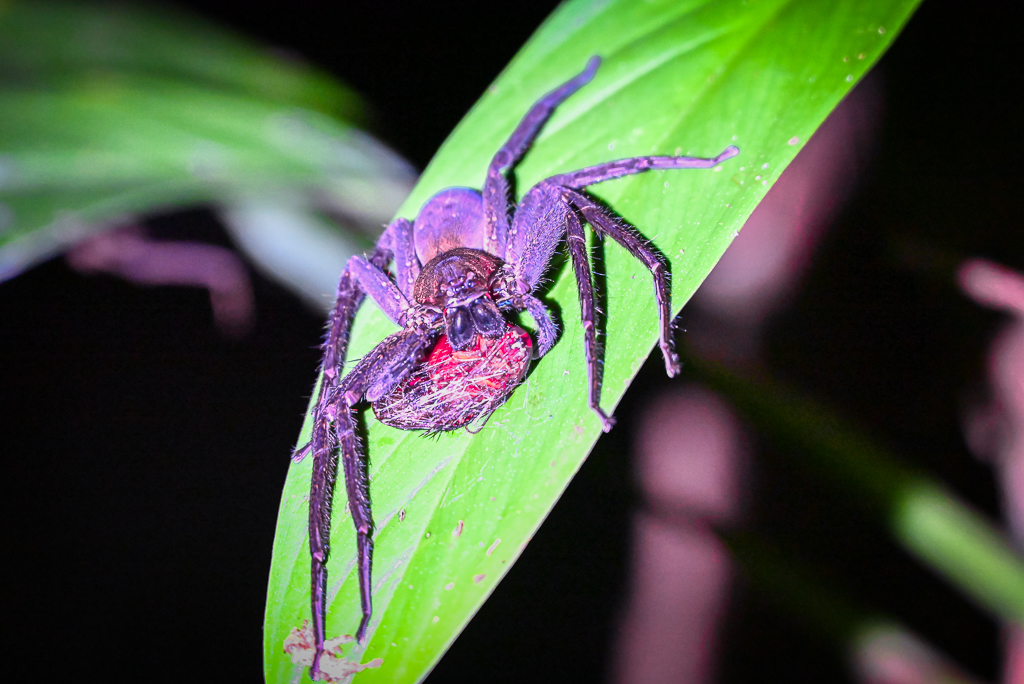
A venomous spider with an egg sac on a night hike
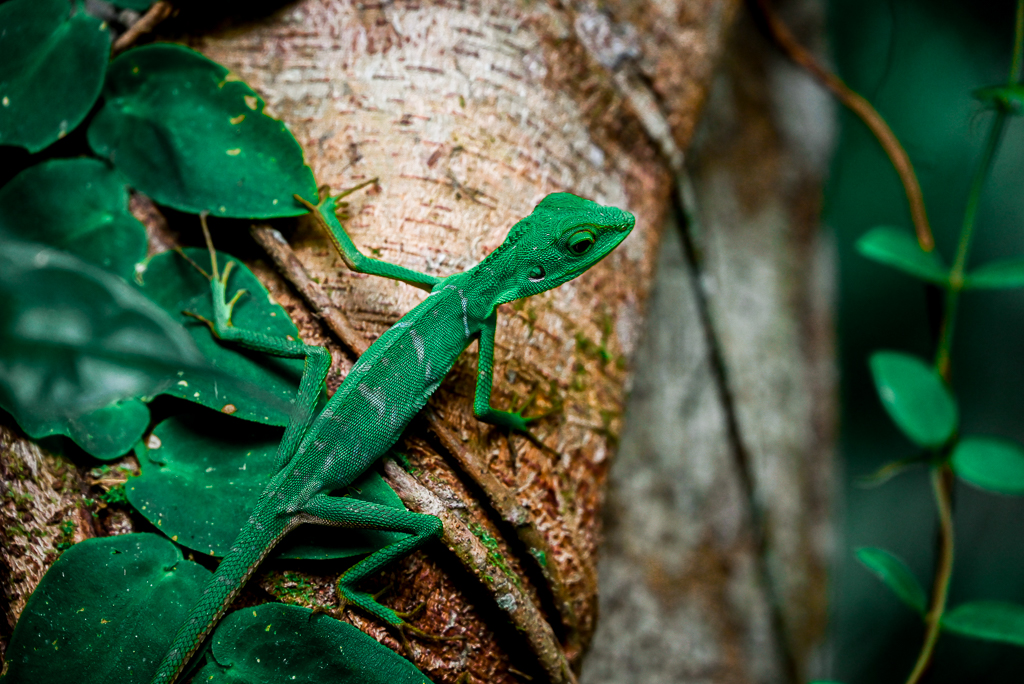
Green lizard
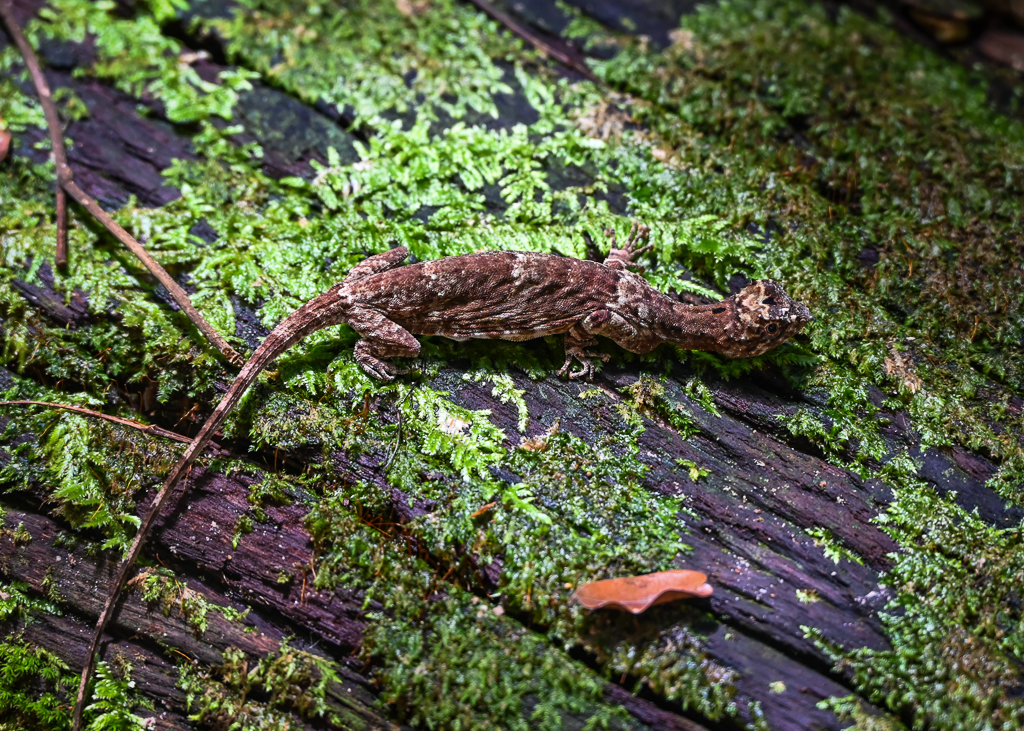
Lizard perfectly camouflaged with the leaf litter
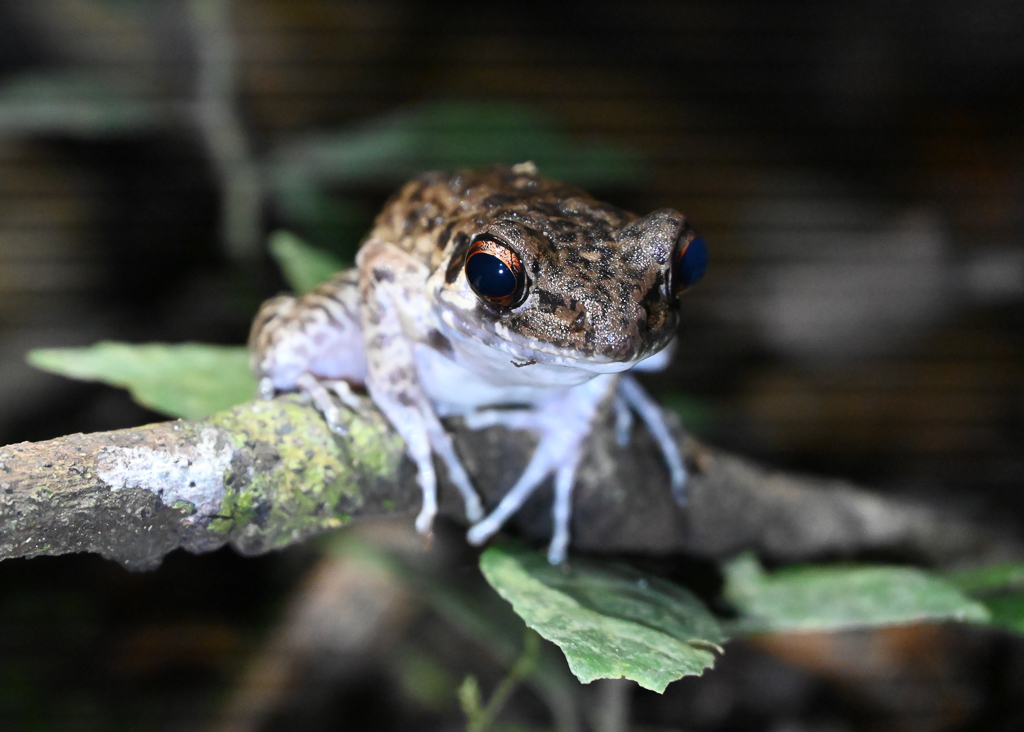
Tree fog with a very unique chirping sound that filled the forest at night
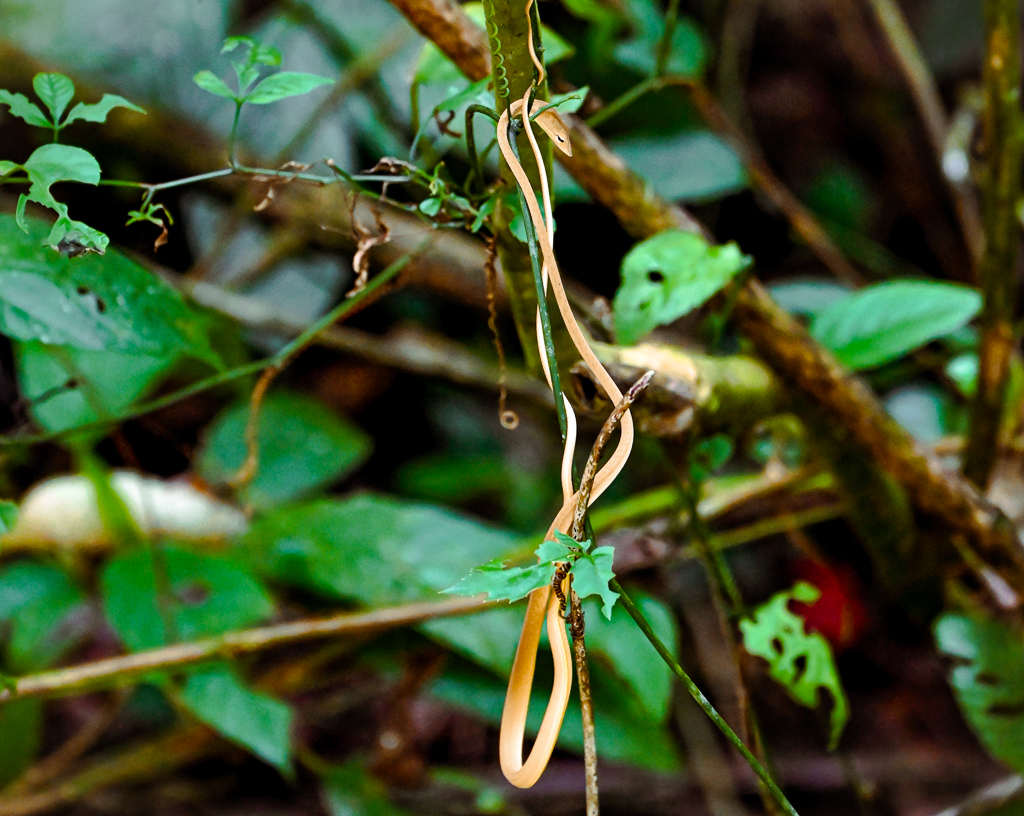
Tree snake
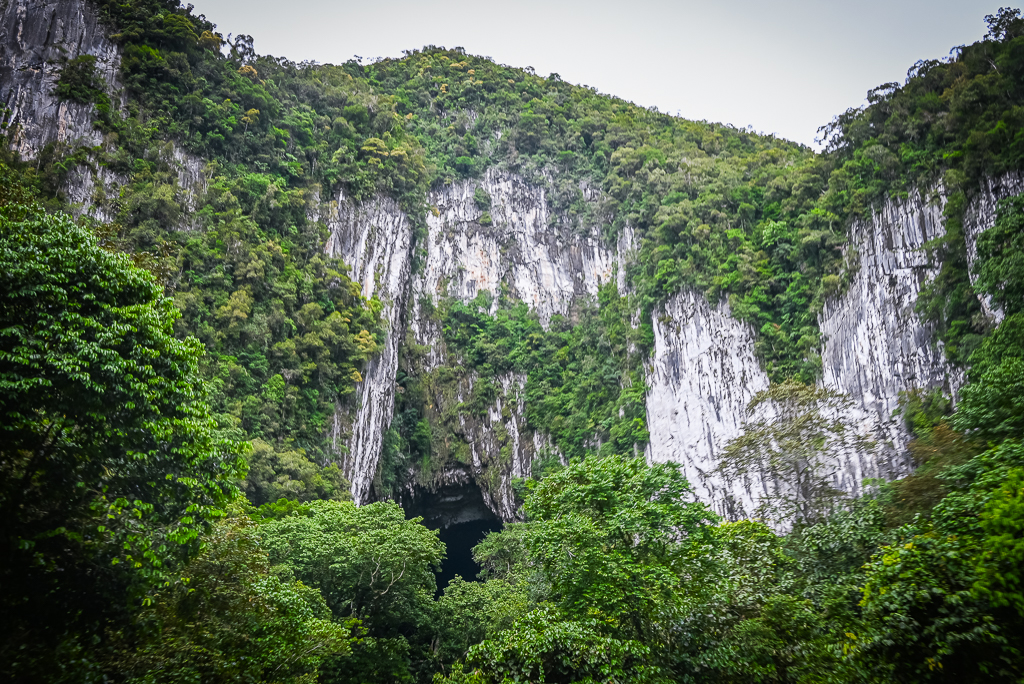
Deer cave
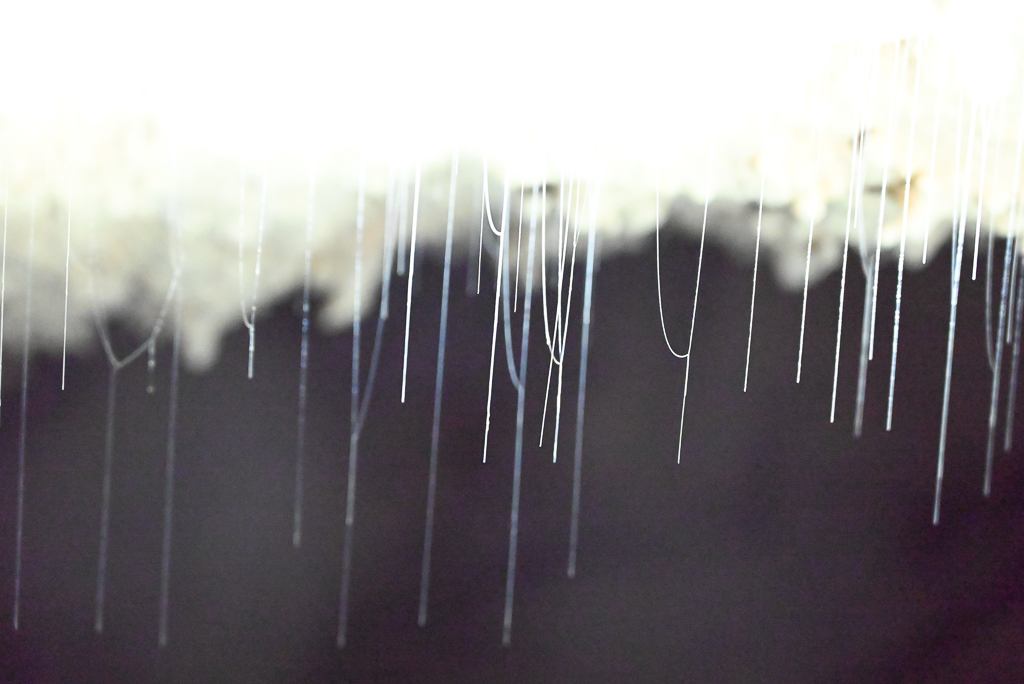
Parasitic worms inside the cave that trap and consume insects
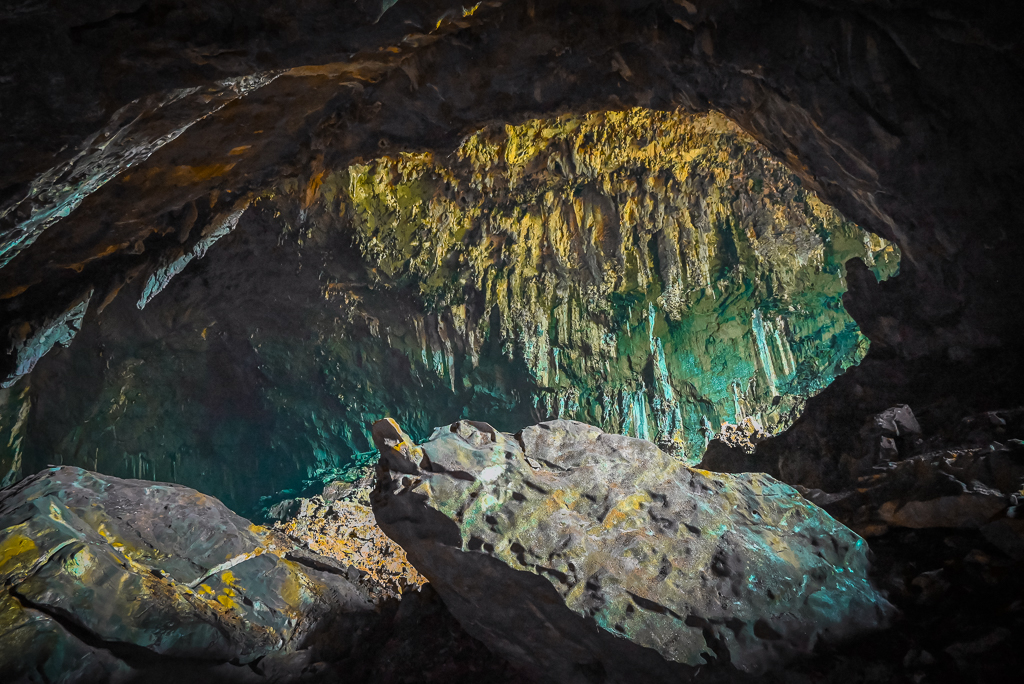
Massive chamber inside Deer Cave
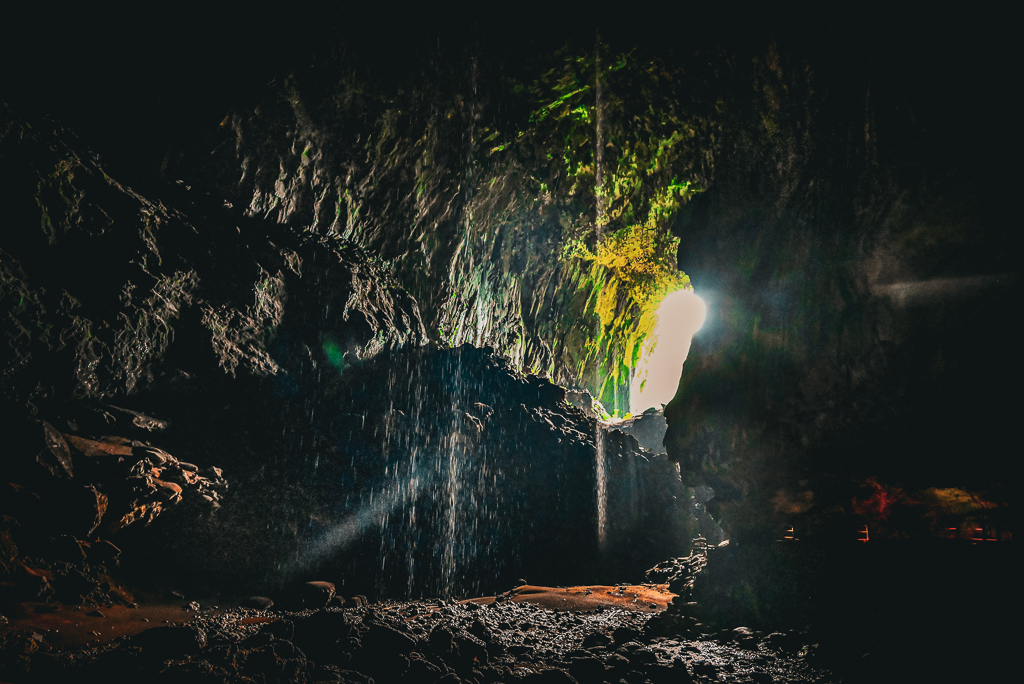
Entrance of Deer Cave with fountains of water falling from ceiling
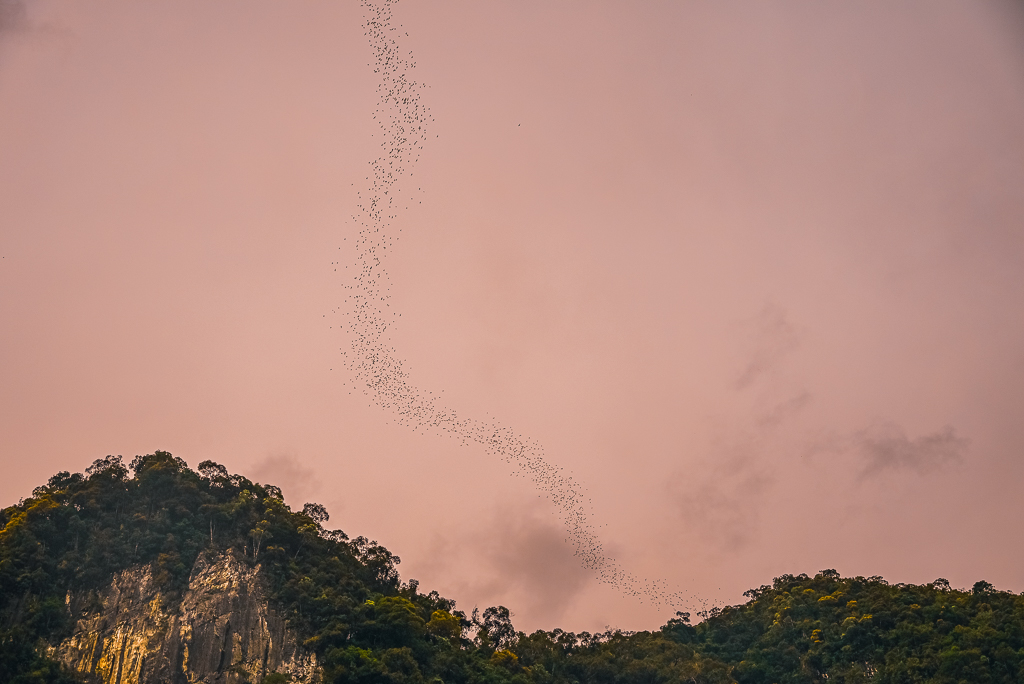
Bat exodus
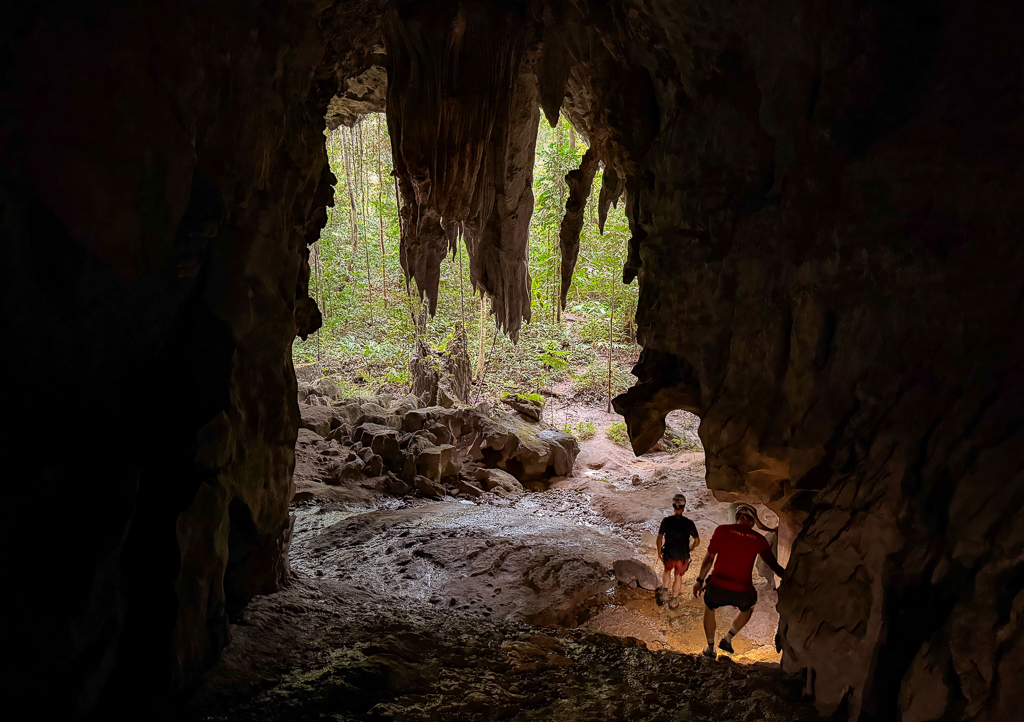
Entrance to Racer Cave
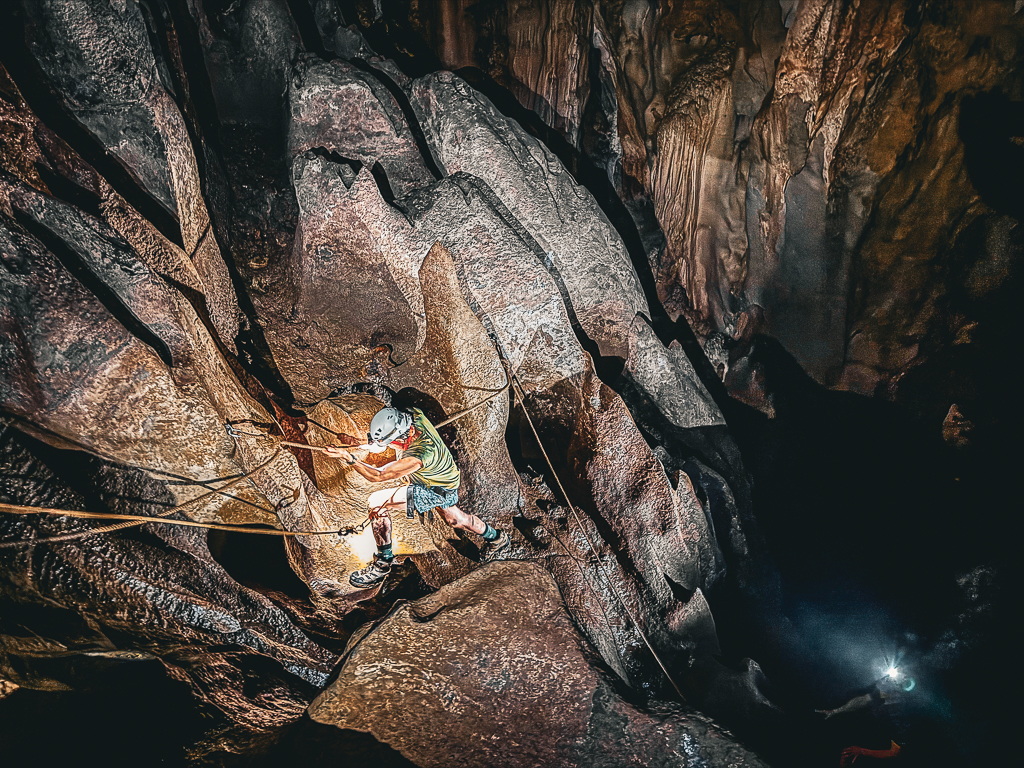
Climbing in the cave
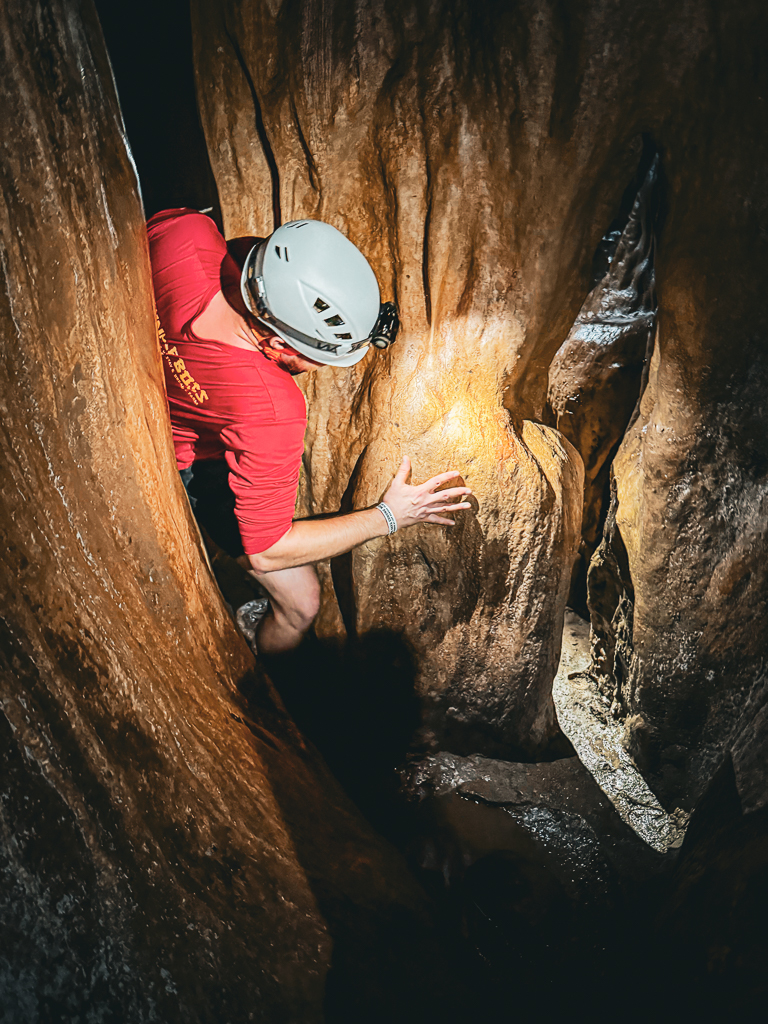
One of the tight connections in the cave
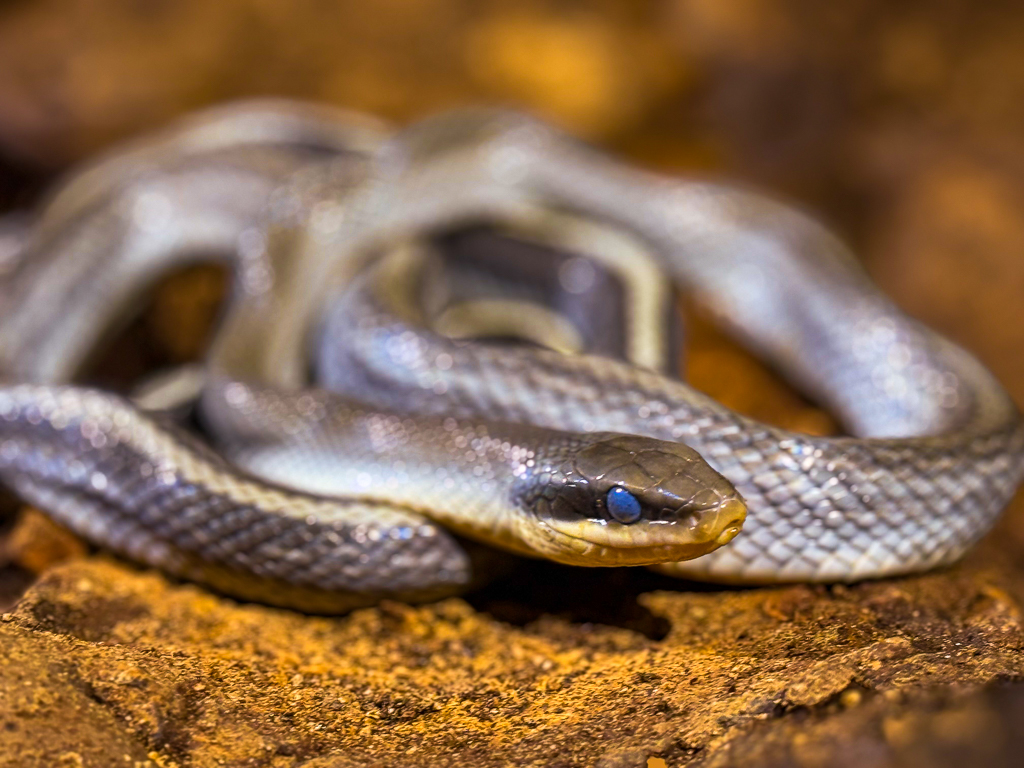
Racer snake deep inside the cave without eye pigment, from living in total darkness, adapted to feeding on the cave birds
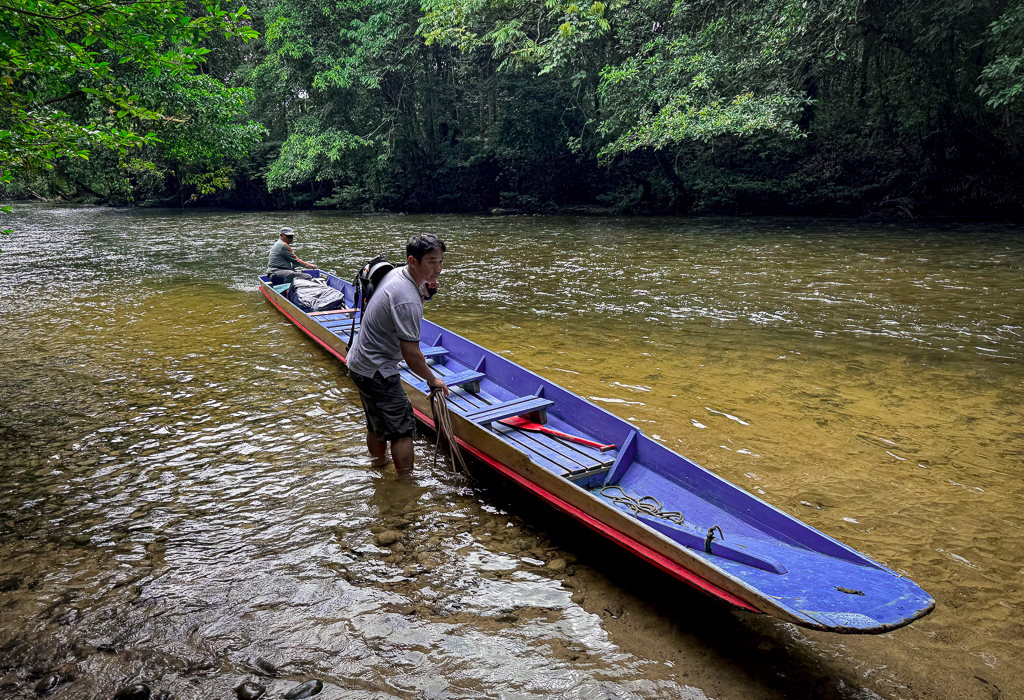
Like most places in Mulu, we had to reach them by long boat travel
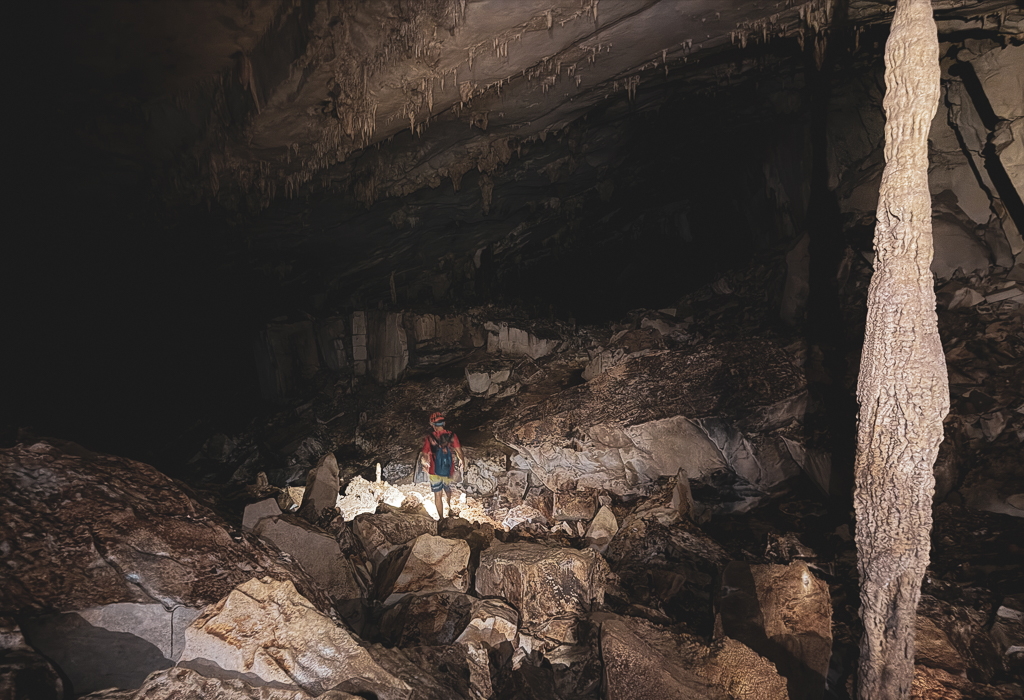
Inside Wind cave
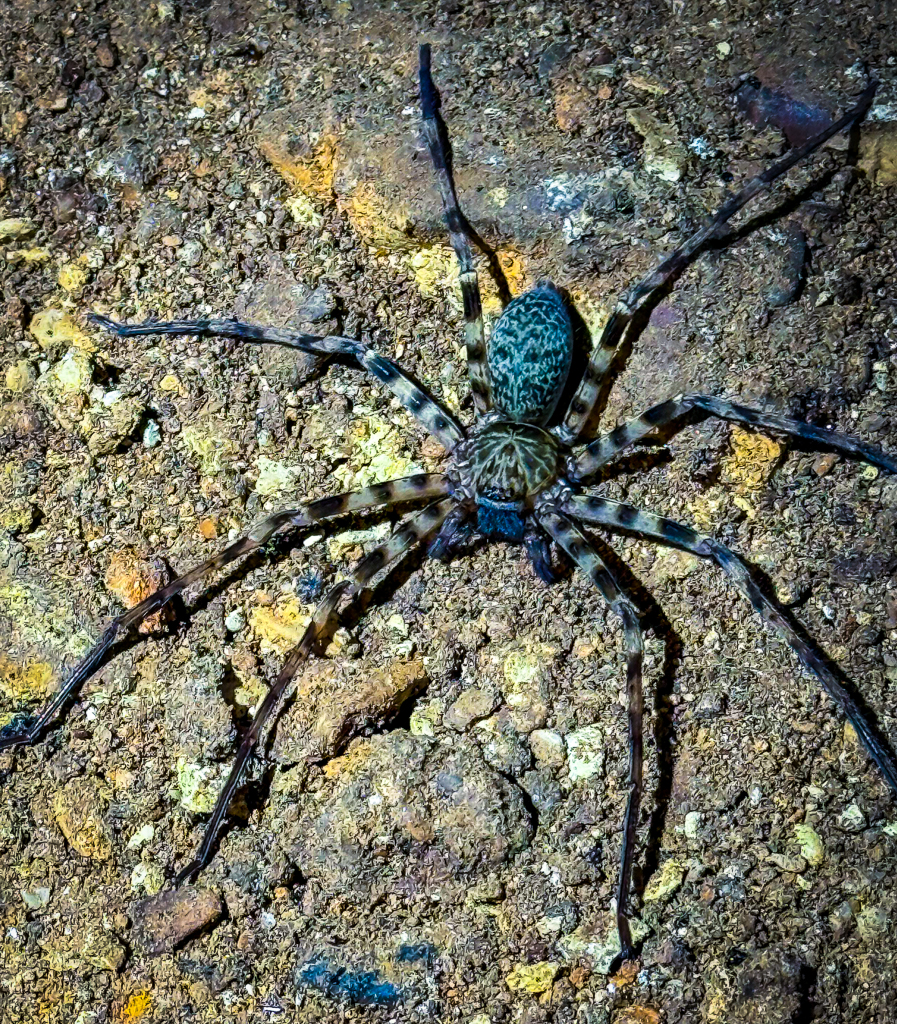
Giant huntsman spider
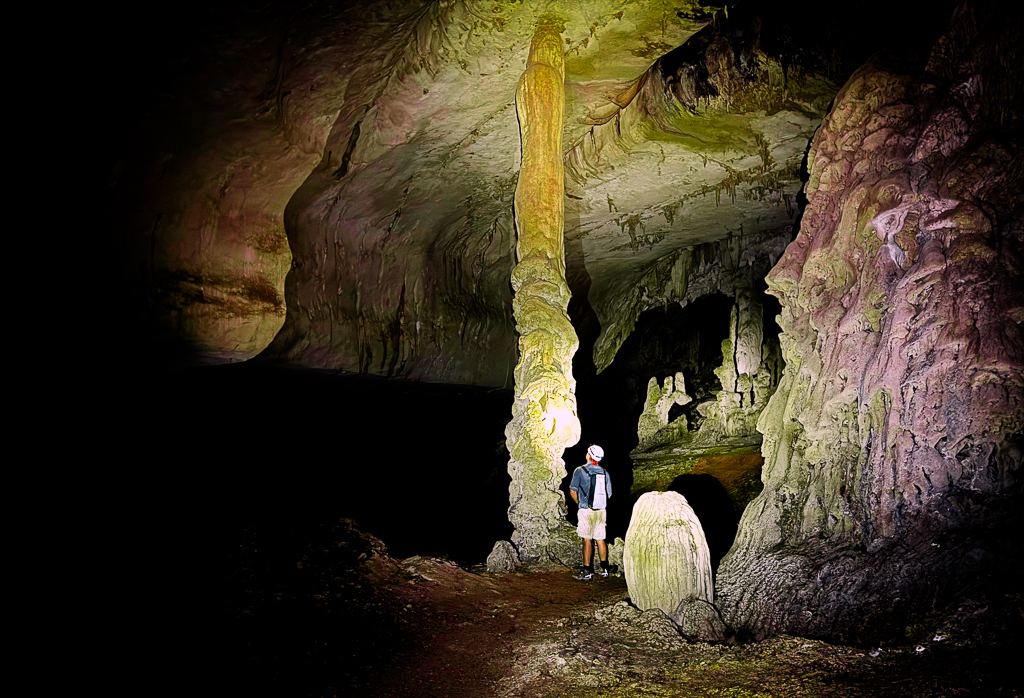
Me in front of a massive stalagmite
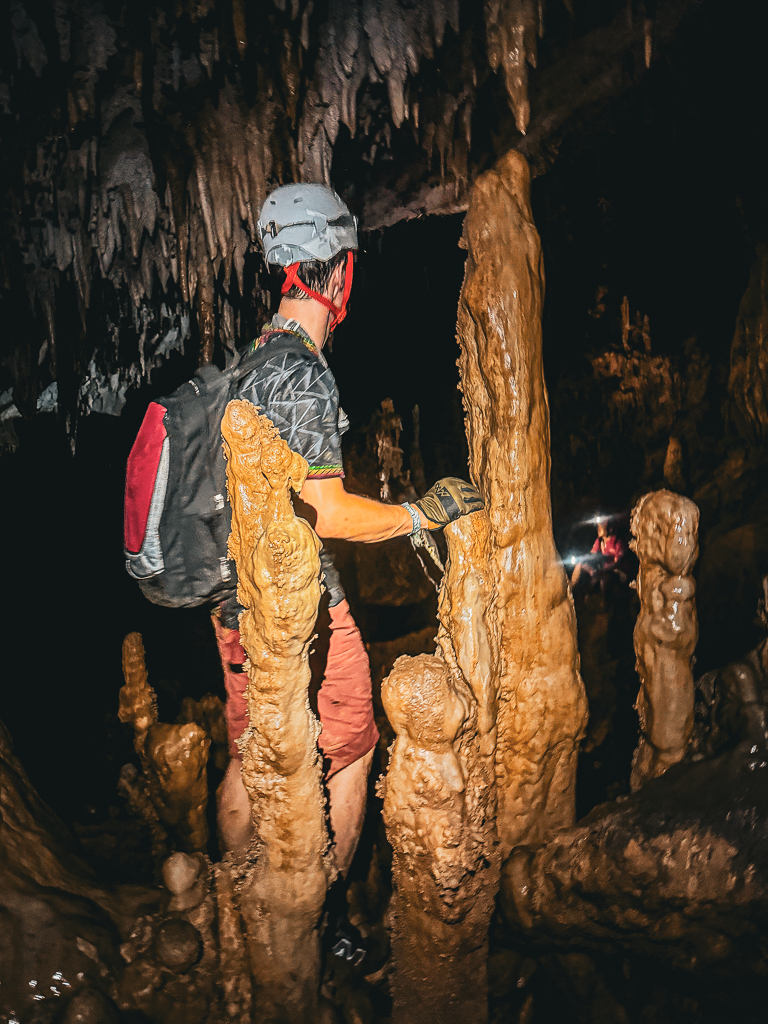
Wes negotiating some cave formations
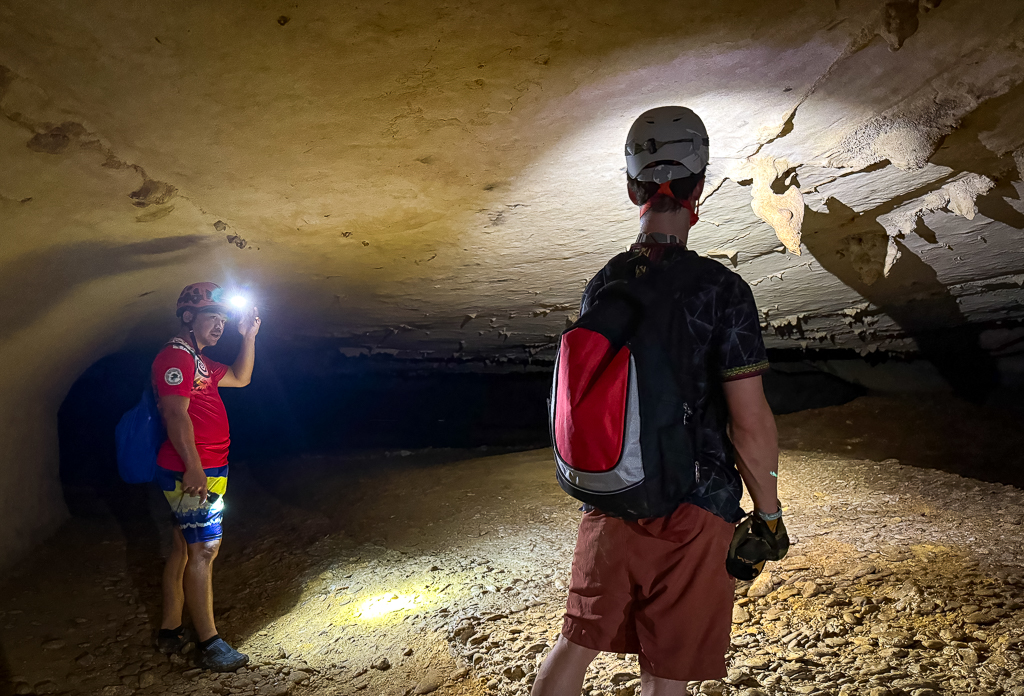
Inside one of the chamber rooms
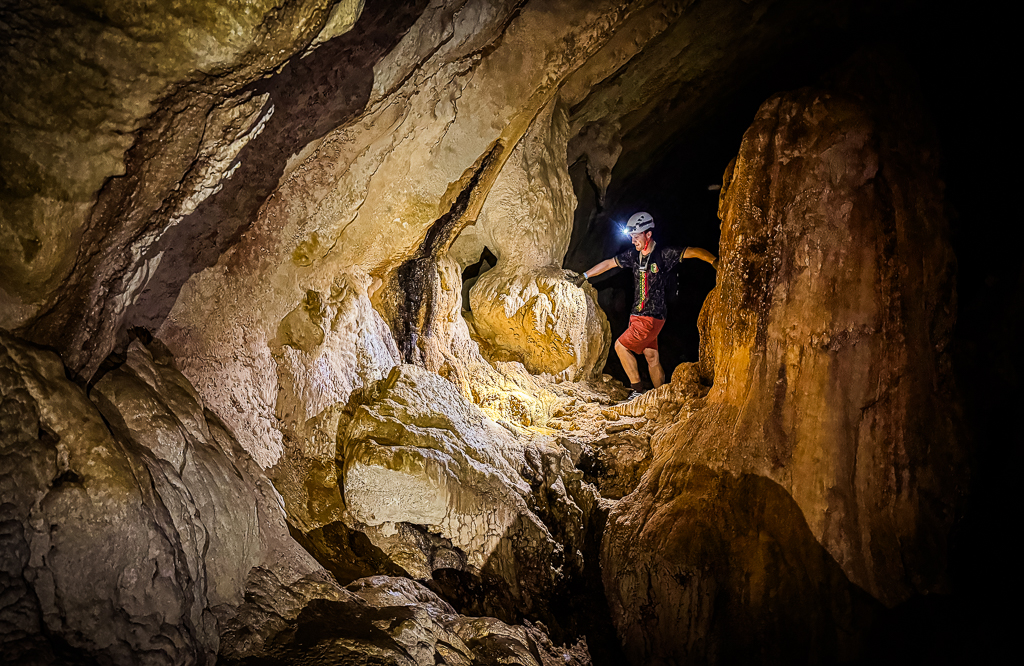
Common scene inside the cave
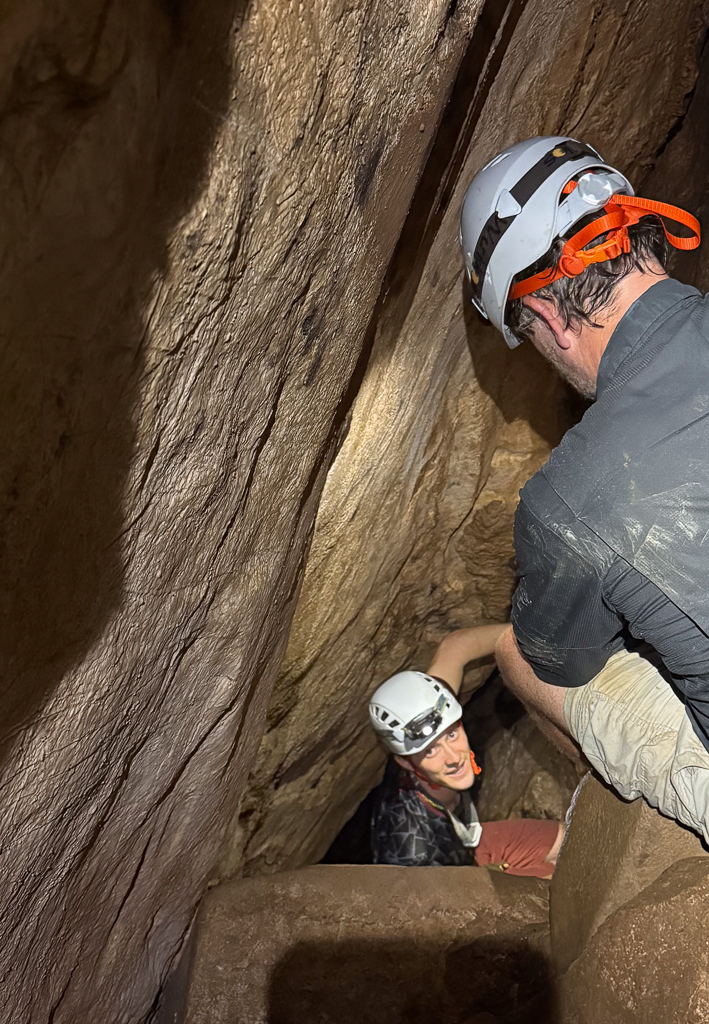
Wes and I in one of the connections
Me descending into one of the connections
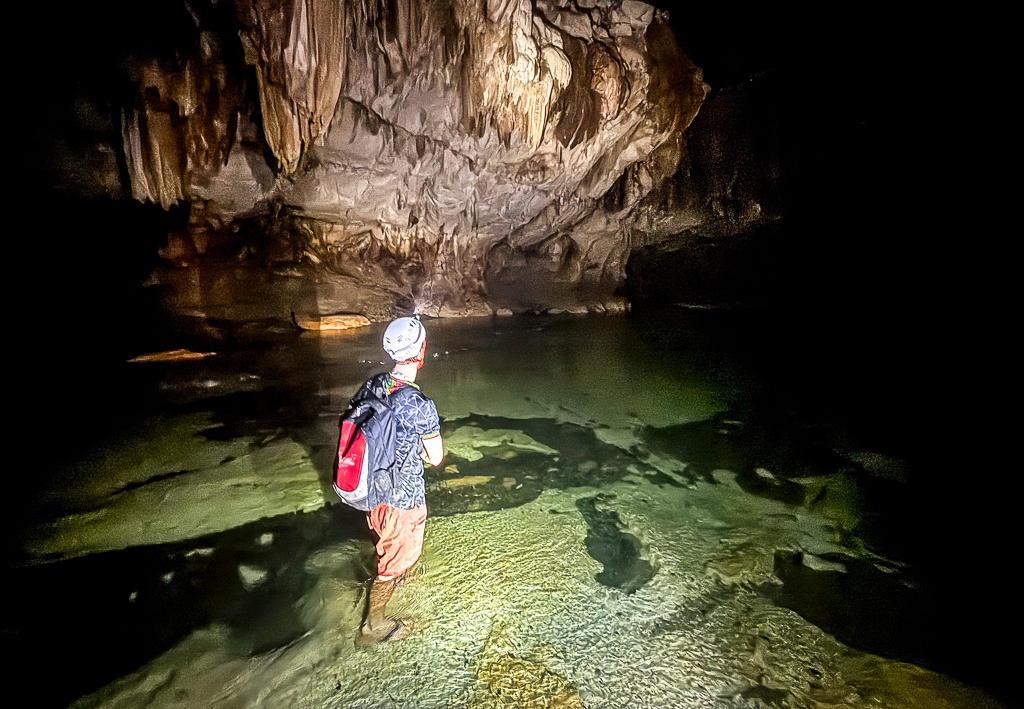
Wes walking the Clearwater River inside the cave
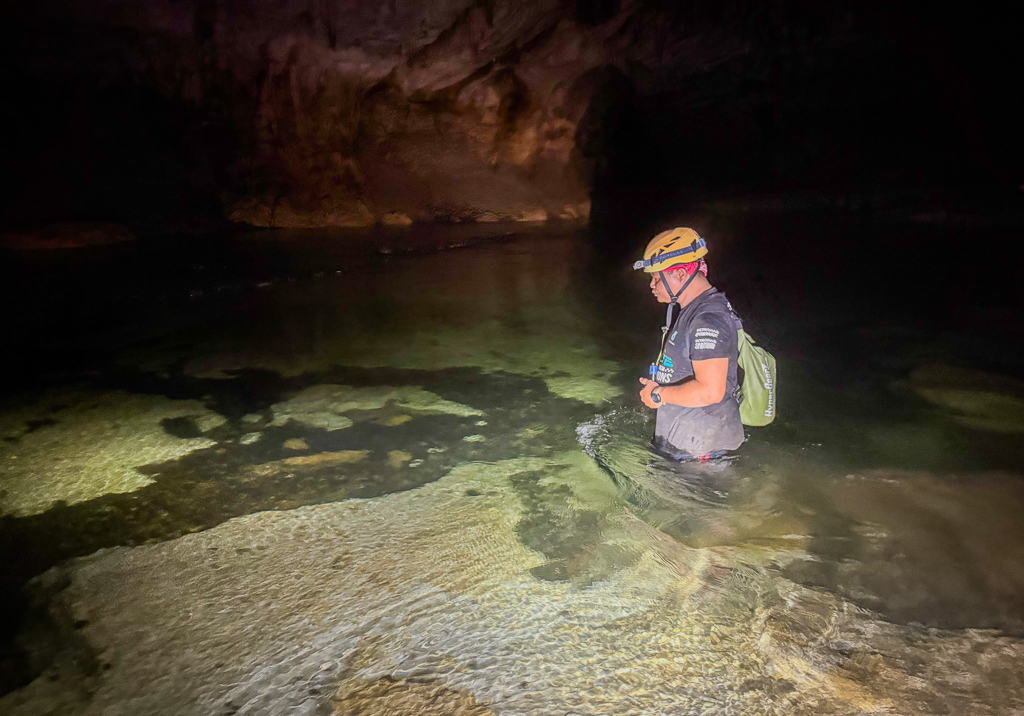
One of our cave guides
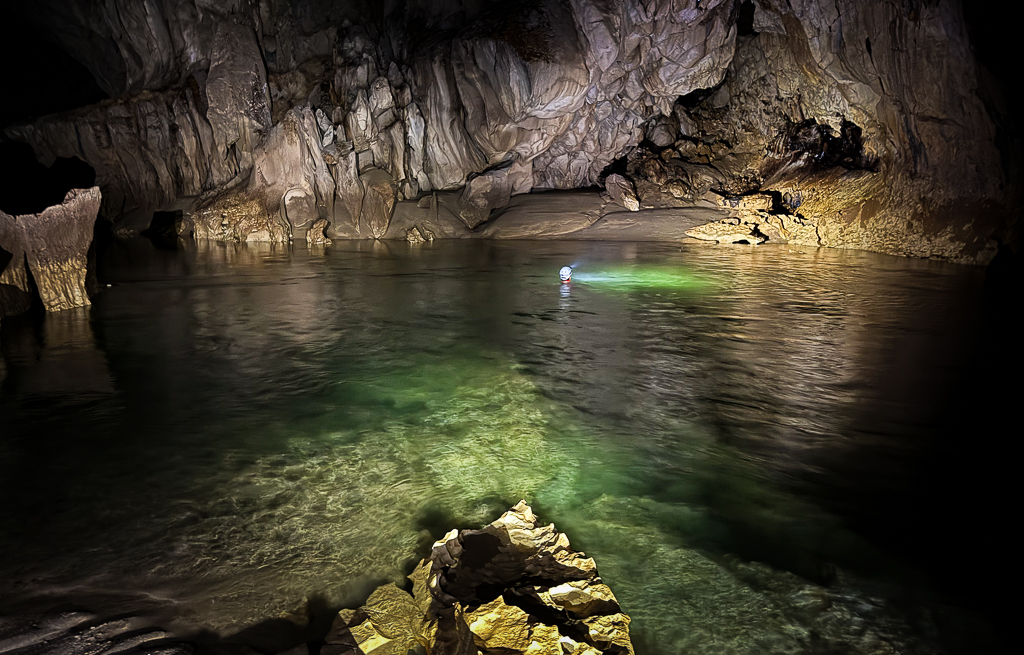
Wes swimming in the river inside the cave
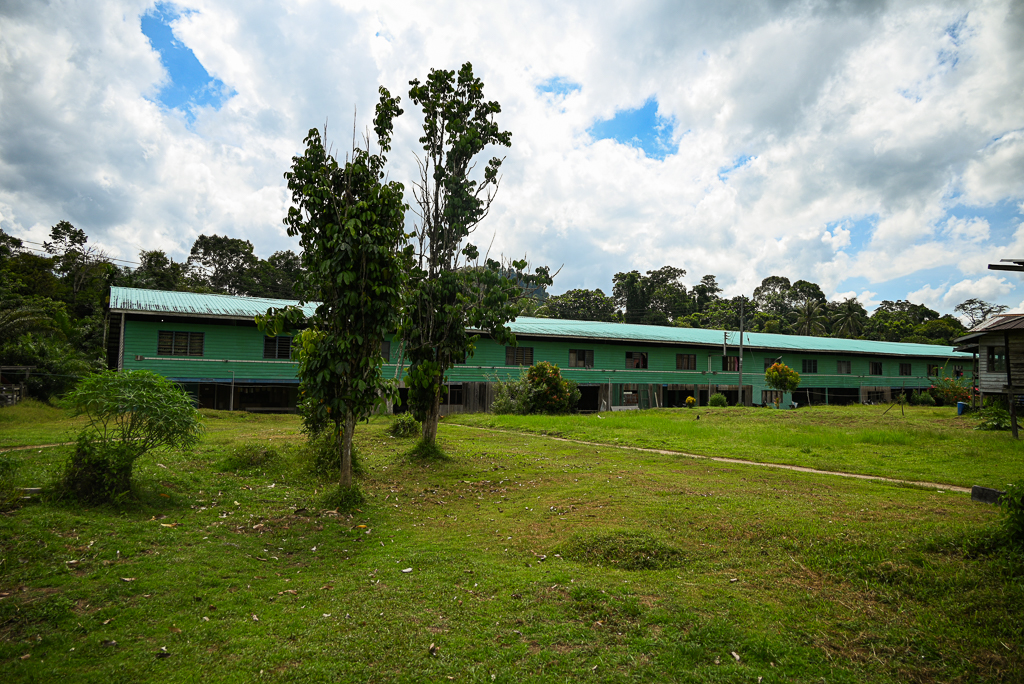
Long Imam Long house
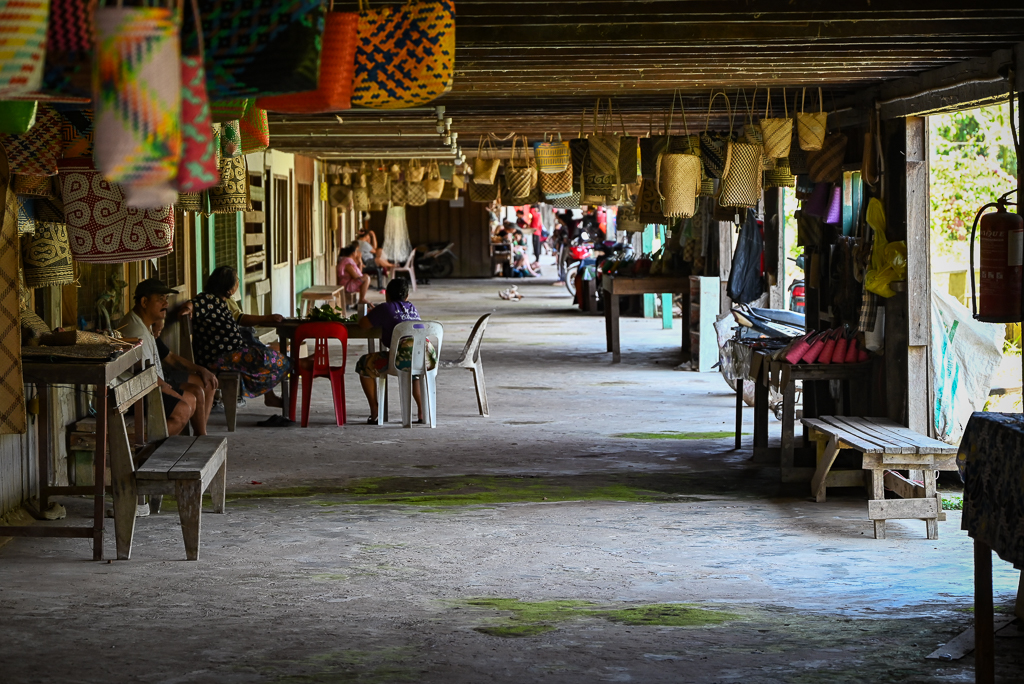
Shared central gallery where daily life unfolds in the longhouse
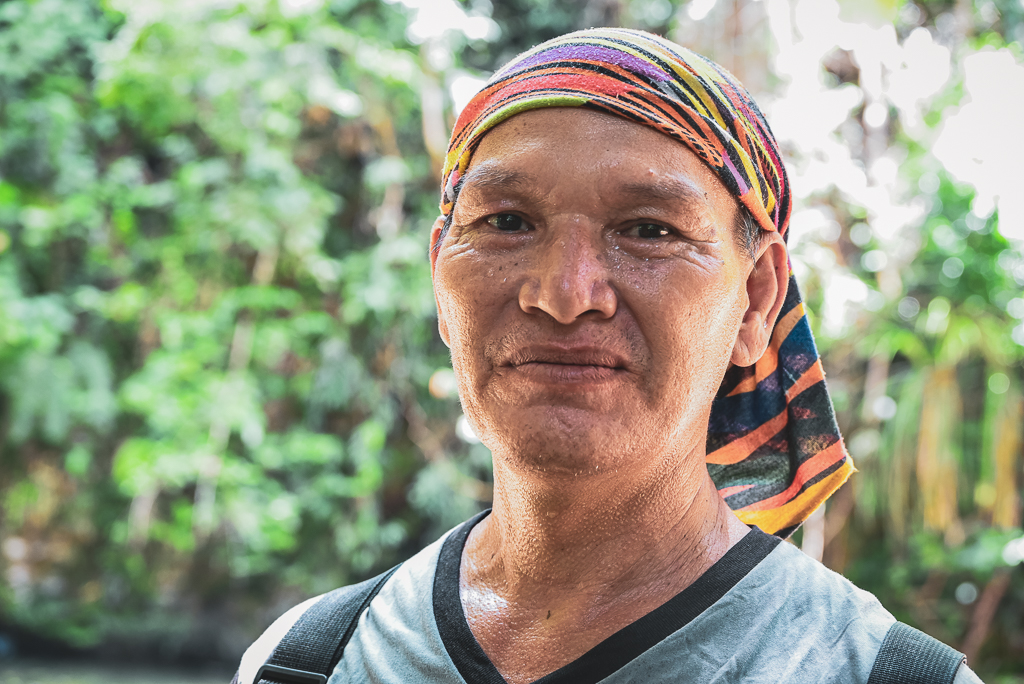
Our Penan guide
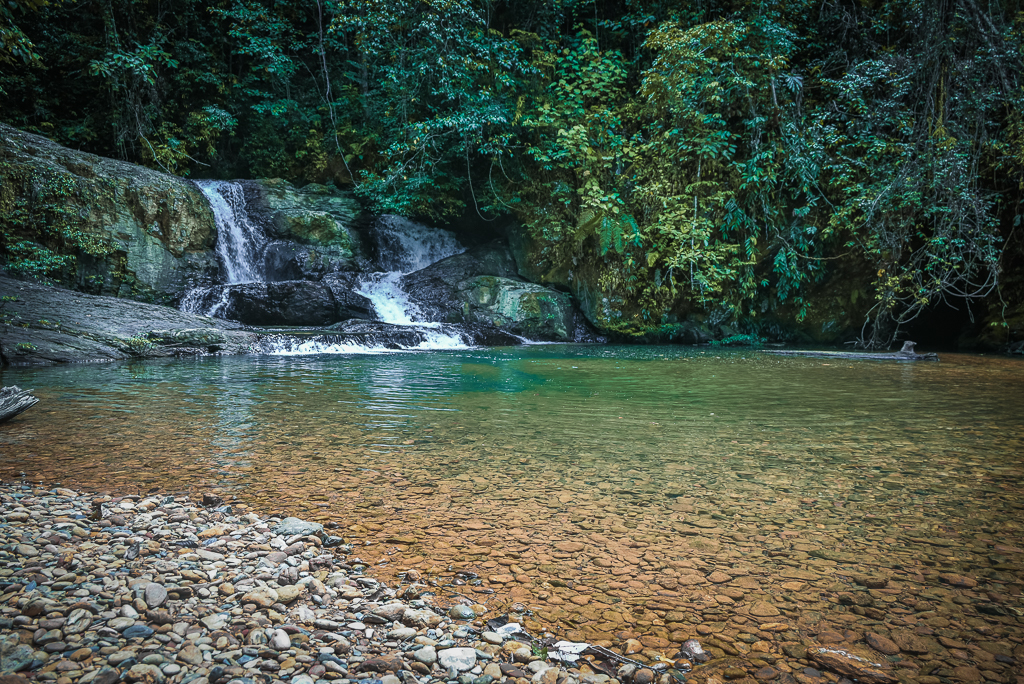
The amazing waterfall with the natural water back massage in the middle pool section which we all tried out

